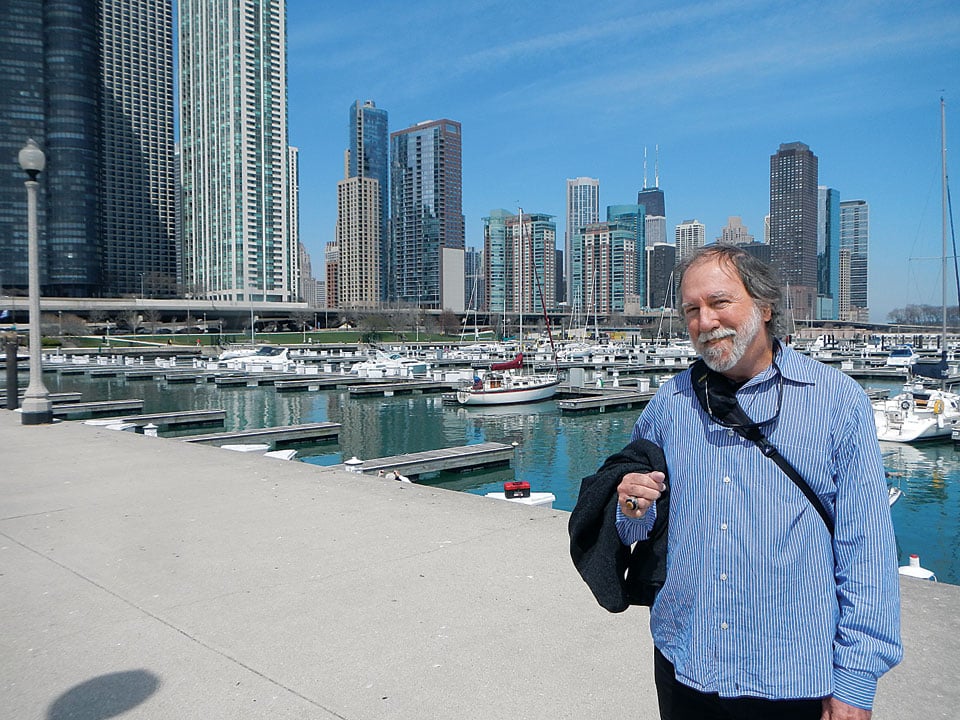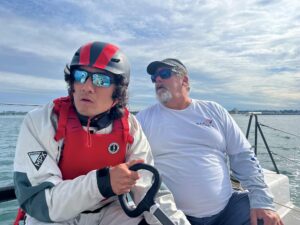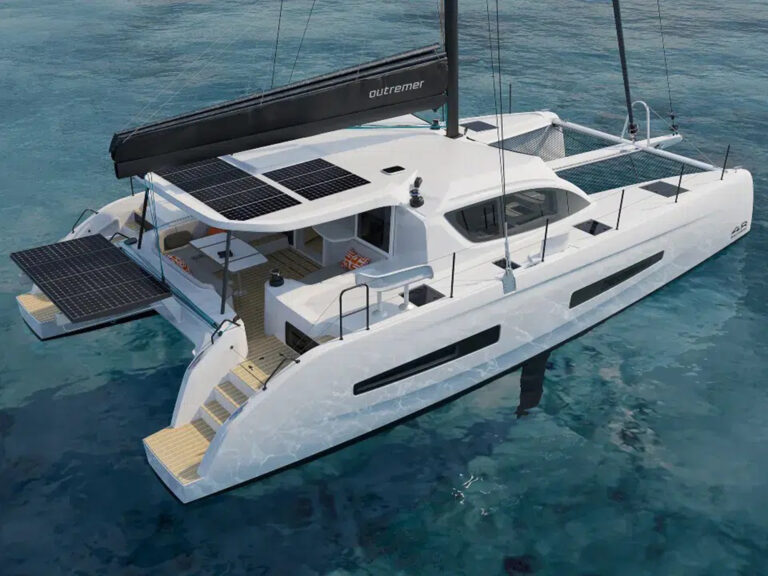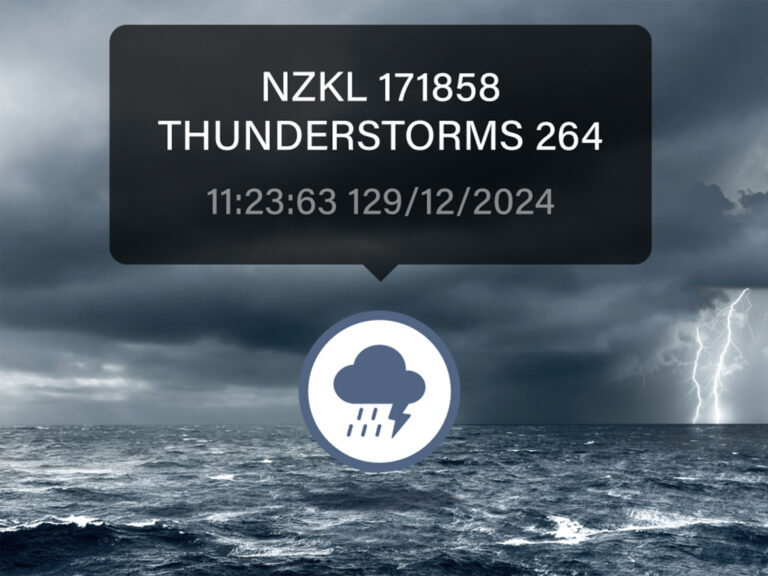
The year was 1968 and at 16, I could legally drive a car—if I’d had one. Alas, I’d recently spent all the money I’d saved on a sailboat. My original youthful plan had been simple: Buy a Volkswagen van, drive from Chicago to California and seduce every hippie chick during a sequel to the Summer of Love. It was a good plan, an ambitious plan, and a common plan. Many American kids did just that. But I got sidetracked. Instead, I was seduced by a lovely 22-foot Atkins double-ender, built in 1932 out of Port Orford cedar.
And so, there we were aboard Corina, first mate George Zamiar, a Gage Park High School pal, and I, as I barked out, “We’ll be starboard-side to. Two fenders should be enough. Once the bow line is secure and I’ve tied off the aft, rig the two springs, OK?”
“Aye, aye,” said George.
We were coming up to the Chicago Yacht Club dock. It was Saturday morning on a bright spring day. Monroe Harbor hummed with activity. I’d have to make the crew transfer quick, as I was not a member.
I brought Corina up to the dock smartly, allowed my prop to walk her in aft, and stopped her dead in the water, only a Zig-Zag’s width (official 1960s unit of measure) from the pier.
The dockmaster came hustling up. “Call your father on deck,” he said briskly. “I need to speak to the captain.” That’s the problem when you buy your own yacht at 15: Nobody quite believes that it’s yours.
Confession: My vessel was old, built of wood, and quite shabby. I was young, filled with large dreams, and also quite shabby. George resembled Charles Manson on a bad hair day. In other words, neither of us looked like club members. I needed to stall for time.
The friends we were picking up were running late, so I disappeared below and hid there for a few moments. The dockmaster sped off to assist another vessel in docking and I looked at my watch. Damn. My friends were with Jim Henson (yes, that Jim Henson, Muppet fans), a guy who, in my mind at least, was obsessed with dancing dolls. Double-damn! Surely I’d be tossed off the dock before they arrived.
The dockmaster was back. I could see his spotless boat mocs through the ports. I put on a huge yachting cap I kept for just such a purpose, tucked my long hippie hair up inside it, jammed a giant Sherlock Holmes pipe into my mouth, and strolled back on deck. “Yes?” I said in an impossibly low tone of voice. “I’m the skipper of Corina. How may I help you?”
True, I was in love with the Merry Pranksters and not above imitation. I was also active in Chicago street theater and the growing political youth movement. I’d been “Clean for Gene” McCarthy, the presidential candidate. And, of course, I never took myself too seriously.
The dockmaster was just doing his job. I knew that. I was not a member of the CYC, and had no right to use the dock. Still, he was over 30. I was under 30. There was the generational tug-of-war going on.
He wagged a scolding finger at me as he started to ask us to leave, but then abruptly stopped in mid-sentence.
Down the club’s winding drive glided a 1924 Rolls-Royce. It was a majestic automobile, right out of a scene from the Great Gatsby era. Its hand-rubbed black lacquer gleamed. Its chrome winked. Its mammoth whitewalls shone. As it swung alongside Corina, a chromed bronze turn signal slowly lifted from its body like an arm signal with a leisurely blinking light at its tip. Hell, its winged hood ornament probably weighed as much as a Harley-Davidson motorcycle. In a word: spectacular!
The pure, unadulterated, amazing opulence of the automobile stunned everyone on the dock into silence. Then, all four of its doors opened. People spilled out crazily, some dressed in costume, some not. It was as if the cover of the new Beatles album, Sgt. Pepper’s Lonely Hearts Club Band, had just come to life. There were bits of Bert and Ernie, even an embryonic Miss Piggy. One guy wore a vampire’s cape; another, a tie-dyed matador’s outfit.
Lyle Conway, Jim Henson’s right-hand man, was at the wheel. Lyle would one day be nominated for an Academy Award for his Audrey (“Feed me! Feed me!”) in Little Shop of Horrors, but just then he was maniacally rolling around on the yacht club lawn, laughing. “So this is your new boat, Timmy!” he cried, using my boyhood name.
The dockmaster took a few steps backward in confusion.
I’d promised Lyle and his entourage a daysail if they’d just put down their puppets long enough to resurface into reality. But I’d also promised to show them a large picture of the schooner I’d grown up aboard, the 52-foot Elizabeth, which had a special place of honor on the club’s wall.
I knew speed was of the essence; the majesty of the Rolls would only delay the dutiful dockmaster briefly.
“Follow me!” I screamed, and dashed for the yacht-club door. An elderly woman was just entering, and I managed to snag the handle. We flooded in like a giggly gaggle of geeky weirdos and made a beeline for the glittering trophy case, where the Mackinac Trophy listed Elizabeth as the winner of the Race to Mackinac in both 1931 and 1935.
Ah, the sweet sailing memories of my delightfully misspent Chicago youth!
But now, fast-forward 45 years to 2012. Location: Caribbean Sea. Soundtrack: seagulls and surf. Visuals: diving pelicans and sailboats nuzzling their moorings. Score: steel pans playing reggae music.
I’m lying around the cockpit with two circumnavigations of the globe in our wake, when I get an unexpected telephone call from Donald Wolniak and Rob Hannah of that very same CYC. They are very polite, very businesslike, and very goal-oriented. In fact, they cannot be dissuaded. They’d like me to address their annual Meet the Fleet dinner, airfare and all expenses paid. We agree on a speaking fee that makes me blush, and they insist that I bring Carolyn.
When we arrive at the club, the house is packed with nearly 100 members, crammed into the gleaming dining room. Waiters scurry. Champagne glasses clink. I start off my speech by thanking them for inviting me, but then stop cold. I remind myself that the key to all good writing and all effective speaking is simple: truth. Just tell the bedrock truth.
I jolt back into action and really thank them, from the bottom of my heart, because this visit is, in some strange way, a vindication of all my youthful sins. I always felt like an outsider while cruising the Great Lakes but now, for the first time, I actually feel wanted here.
In the ’60s, we called this selling out. Now that I’m in my 60s, we call it maturing.
My father stood outside that very same club in the late 1920s, figuring out a way to smooth-talk his way aboard a racing boat. He managed to do so. His life was forever changed, and mine too. He was grateful. I am grateful. So I start off my presentation with a minute-and-a-half video, clearly taken from the club’s dock, of my mother and father sailing their beloved Dorothea off the mooring in Monroe Harbor in the 1930s. There’s the Chicago Planetarium in the grainy, time-worn background of the chattering film; and Navy Pier; and look, there’s a water crib too!
My father used to say, “Dorothea cost me 10 bucks; $5 for the boat, and $5 for the team of horses to pull it to my backyard.”
I can feel the audience leaning into me. I’m getting and giving the Love. It’s some strange nautical version of Lake Wobegon.
About 10 minutes into my presentation, a CYC member named Stanley Gratt stands up and shows me pictures of the Friendship, another vessel my father rebuilt prior to World War II. I’m a bit distracted. I figure he’s taken those snapshots off my Web page but can’t remember posting those specific photographs.
It turns out he’s a post-Goodlander owner of that lovely, graceful craft, and she is currently alive and well in Florida. This was the first vessel I sailed aboard offshore, at 2 months of age, on passage to Grand Haven, Michigan. For the record, her current name is Jesse May, age: 100-plus.
Such an amazing, unexpected discovery of our family’s maritime heritage turbo charges my presentation. The audience is laughing and crying and gasping. Carolyn is nodding with rueful remembrance as I describe seeing the cartilage of her smashed nose while 1,000 miles offshore in the mid-Pacific. My old first mate George Zamiar, who flew in to Chicago just for the event, is grinning at my slightly sanitized tales of our Sizzling Summer of Saugatuck Seduction way back when.
I tell the most demented of my outrageous sea yarns and nobody calls the cops. They clap instead. My, how times have changed.
There I am, grinning like a fool, utterly relaxed — in the Chicago Yacht Club, no less! Afterward I peddle my books as fast as I can sign them. But the finest personal moment of the evening comes at the end of my PowerPoint presentation. I tell my audience the complicated generational war story of my brief visit to the dock with Corina and of being escorted out of the club by the dockmaster and some parking-lot attendants while attempting to explain about growing up aboard the schooner Elizabeth, her pride-of-place picture on the wall, and her name proudly displayed twice on the Mackinac Trophy.
Time falls away. Reality shifts. I’m 16 years old again.
“I don’t want to hear it!” snaps the dockmaster as he escorts me to the club’s door and sees us to the boat.
I don’t say it. I’m too young. I’m too timid. I’m shy. But I silently think to myself: “Someday you will, sir! Someday you will!”








